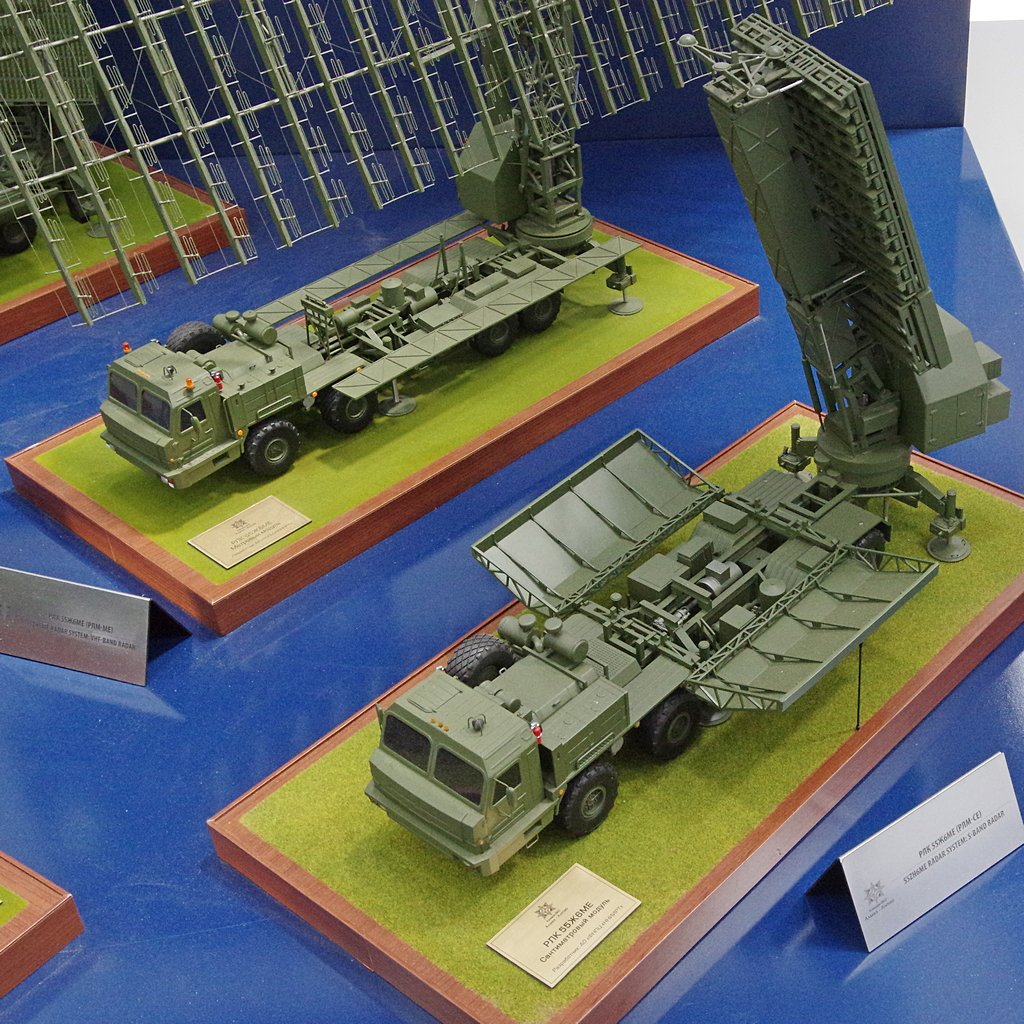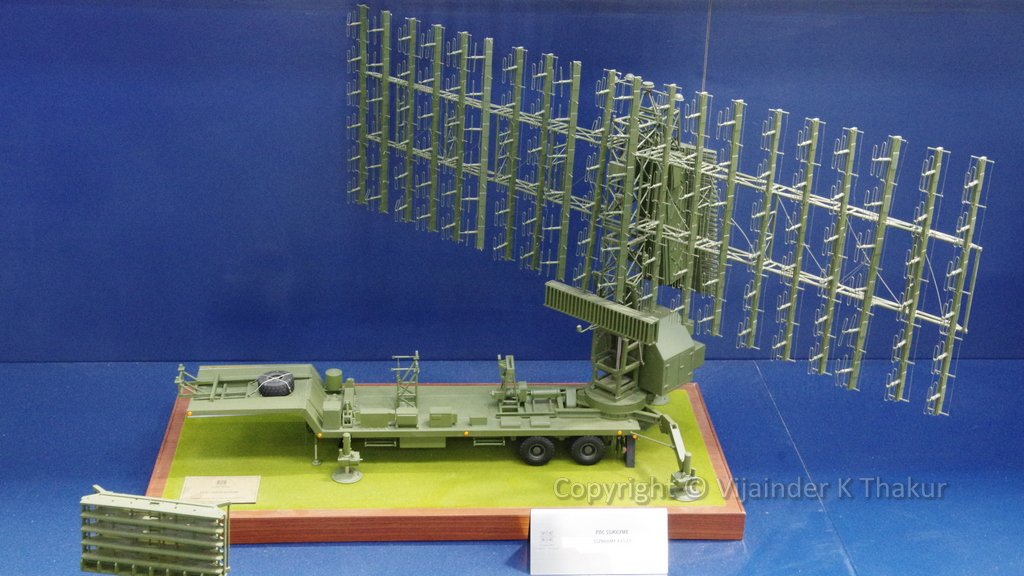One of the largely ignored (but very significant for the IAF) exhibit at #AeroIndia2019 was the latest incarnation of the Nebo-M system from Russia's Nizhny Novgorod Research Institute of Radio Engineering (NNIIRT) - a multi-band counter stealth mobile radar system. 

The system comprises of the RLM-ME VHF band AESA radar that is capable of detecting & tracking fighters, including stealth fighters, at 10-km height to a distance of 380-km & at 500m height to a distance of 90-km 

The networked RLM-DE UHF L band AESA radar that can track all fighters, including LO fighters, using tracking information from the RLM-ME. A track seen by RLM-ME & not seen by RLM-DE establishes the target as LO. 

And the networked RLM-SE S band AESA radar that can provide weapon grade tracking against all fighters, including LO fighters, using tracking information from the RLM-ME. For targets identified as LO, missiles are guided differently (beam side) for terminal lock. 

The RLM ME is a more powerful (more emitters) variant of the RLS 1L125E VHF AESA (a component of the Nebo SVU multi-band anti stealth radar system) was also on display at #aeroindia2019 

Deployed along the LAC, the Nebo M system can negate most of the J-20, J-35 advantage that the PLAAF will increasingly enjoy in the future. A warfighter overview the Nebo - M system can be read at sites.google.com/site/idpsentin…
J-35 = J-31
A variation of the Nebo-ME, called the 55Zh6UME (Nebo-UME), was also displayed at Aero India 2019. The RLK 55Kh6UME Nebo-UME component of the Nebo-UME combines the VHF (metric) AESA and the UHF (decimeteric) AESA surveillance radars into a single integrated system. 

The two antenna units are mounted back-to-back in a single rotating assembly, considerably reducing the footprint of the system.
You would think widespread deployment of metric & decimetric radars like the Russian Nebo M would doom stealth fighters More likely, stealth fighters would evolve - grow in size, slow down to facilitate broadband & IR stealth, blurring the distinction between fighters & bombers.
The USAF is sticking with stealth, choosing to make it more effective (all aspect, broadband) rather than abandoning it. One very good reason for the US approach being duplicating or countering stealth imposes prohibitive financial costs on the adversary. aviationweek.com/defense/us-air…
I maintain and frequently update, as I did today, a page on IDP Sentinel that tracks evolving counter stealth technology in straightforward English at sites.google.com/site/idpsentin…
• • •
Missing some Tweet in this thread? You can try to
force a refresh




